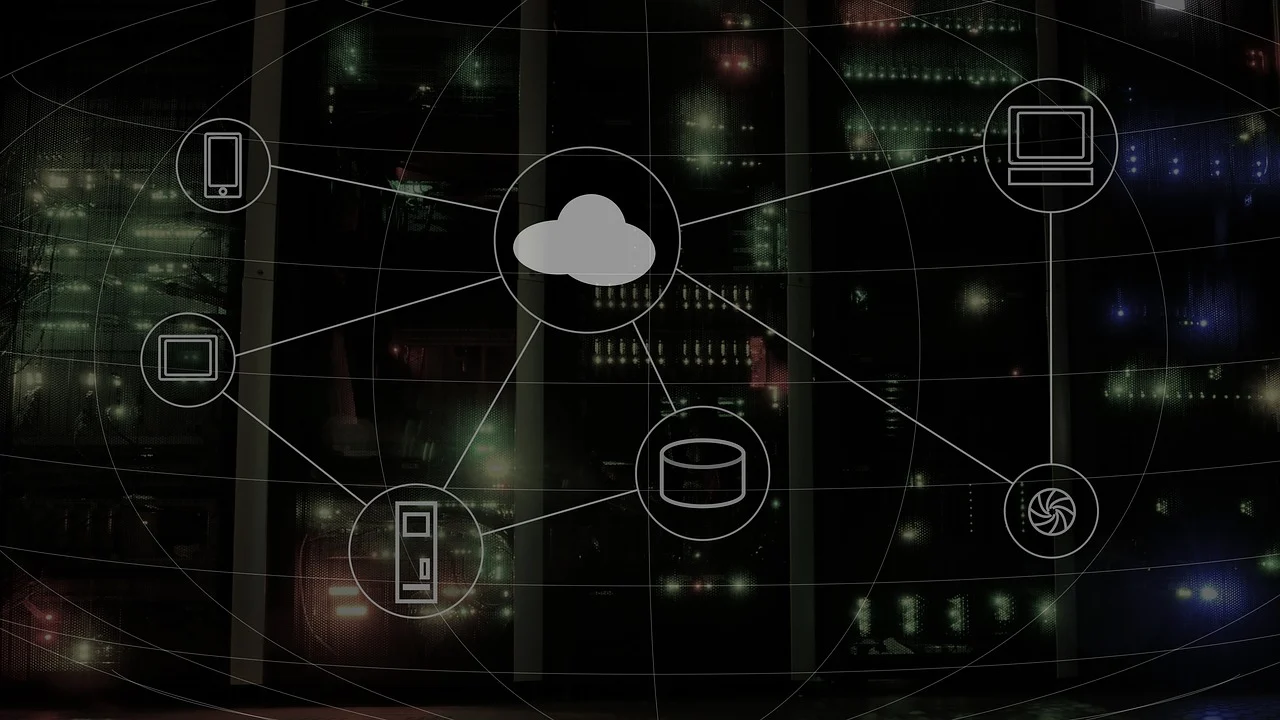The Shared Responsibility Model for Cloud and Data Security
 Cyber Hack Whip Blog
Cyber Hack Whip Blog
Understanding the nuances of cloud deployment and service models is essential when devising effective security strategies. Each model presents unique challenges and opportunities for securing data, and an approach to cloud data security will depend on the specific model(s) an organization adopts.
As we progress through this documentation, keep in mind how these cloud essentials form the context for our discussions on securing cloud data.
Now that we've established the essential components of cloud computing from the first publication of this series, let's turn our attention to the core principles of cloud data security. Security in the cloud operates on a foundation built upon well-defined fundamentals: The shared responsibility model and the service models. These are discussed below:
The Shared Responsibility Model
One of the fundamental concepts in cloud security is the shared responsibility model. Cloud computing is a shared technology model where different entities often assume responsibility for implementing and managing distinct components of the cloud infrastructure. Consequently, responsibilities are distributed across the technology stack and the involved organizations. This shared responsibility model represents a matrix of responsibilities contingent upon the particular cloud provider, feature/product, service model, and deployment model. This model delineates the division of responsibilities between the cloud service provider and the cloud user (an organization). That is to say, there is some reliance on both the cloud provider and cloud user for some aspects of responsibilities. Understanding this division is crucial for crafting an effective security strategy.
These responsibilities are in terms of:
Security
Compliance
Governance
Risk Management
Business Continuity and Disaster Recovery
which cuts across the different services and deployment models. In this article, we will consider security as a shared responsibility.
Security responsibilities in the Service models:
Security in cloud computing is a critical consideration for organizations as they entrust cloud providers with their data, applications, and infrastructure. Security is often considered a shared responsibility model in cloud computing. The specific security responsibilities can vary depending on the cloud service model (IaaS, PaaS, SaaS) and the deployment model (public cloud, private cloud, hybrid cloud). Here's a general breakdown of the shared security responsibilities:
Service models:
Infrastructure as a Service (IaaS):
In IaaS, the cloud provider is responsible for securing the underlying infrastructure, including physical data centres, networking, and the hypervisor layer.
Customers are responsible for securing their virtual machines, applications, data, and access controls within the virtualized environment.
Platform as a Service (PaaS):
In PaaS, the cloud provider manages a higher level of the technology stack, including the runtime environment and some application components.
Customers are still responsible for securing their applications, data, and configurations within the PaaS environment.
Software as a Service (SaaS):
In SaaS, the cloud provider takes on a larger share of security responsibilities, including securing the application, infrastructure, and data.
Customers are mainly responsible for user access controls and ensuring the security of their data within the SaaS application.
In all cases, customers have a responsibility to configure and manage security settings, access controls, encryption, and identity and access management to protect their data and applications. Cloud providers offer various security features and tools, but customers must implement them to meet their specific security requirements and compliance needs.
The division of security responsibilities should be clearly defined in service-level agreements (SLAs) and contracts between the cloud provider and the customer. Organizations need to understand and fulfil their security responsibilities to ensure a secure cloud environment.
In sum, IaaS affords customers more control and responsibility, SaaS offers less control, and PaaS shares responsibilities more evenly.
Deployment Models
Public Cloud:
Security Shared Responsibility: In a public cloud deployment, the cloud provider is responsible for securing the underlying infrastructure, physical security of data centres, and some aspects of virtualization and network security. However, customers bear responsibility for securing their applications, data, access controls, and configurations within the cloud environment.
Multi-Tenancy: Public clouds are inherently multi-tenant environments where multiple organizations share the same infrastructure. This shared nature can raise security concerns, as data and workloads are logically separated but still reside on the same physical resources.
Private Cloud:
Control Over Security: In a private cloud, the organization has more control over the entire infrastructure stack. This control allows for more customization and security configurations, which can be tailored to specific security requirements.
Reduced Multi-Tenancy Concerns: Private clouds are typically used by a single organization, reducing multi-tenancy-related security concerns. However, if a third-party provider manages the private cloud, shared responsibility and contractual agreements still apply.
Hybrid Cloud:
Security Coordination: Hybrid cloud deployments involve a combination of public and private cloud environments. Organizations must coordinate security measures between on-premises and cloud environments, ensuring consistent security policies and access controls.
Data Movement Security: Secure data transfer and communication between the on-premises and cloud components are essential to maintaining security in a hybrid environment.
Community Cloud:
- Community Governance: Community clouds are shared by multiple organizations with common interests, such as regulatory compliance. Security is a shared responsibility among community members, and governance agreements must address security requirements specific to the community.
In all deployment models, security considerations should encompass data encryption, identity and access management (IAM), network security, vulnerability management, and compliance with industry standards and regulations. The choice of deployment model can influence the level of control and customization an organization has over security measures. However, regardless of the deployment model, organizations must actively participate in securing their cloud resources, implement appropriate security measures, and conduct regular security assessments to protect their assets in the cloud. Security is a shared responsibility, and the specific division of responsibilities should be outlined in contracts and agreements with cloud providers.
As the series continues, other concepts that make up the shared responsibility model will be considered in detail.
Subscribe to my newsletter
Read articles from Cyber Hack Whip Blog directly inside your inbox. Subscribe to the newsletter, and don't miss out.
Written by

Cyber Hack Whip Blog
Cyber Hack Whip Blog
I am Deborah, a Software Developer From Nigeria. As a Tech Enthusiast, I love to write about the latest advancements in technology. From Software Development to Cloud Computing, Cybersecurity, Cryptography and Blockchain Technology, I cover a wide range of topics in a clear and concise manner. Join me on my journey as I explore the fascinating world of technology and share my insights with you. Follow my blog for regular updates and stay up-to-date on the latest tech trends!